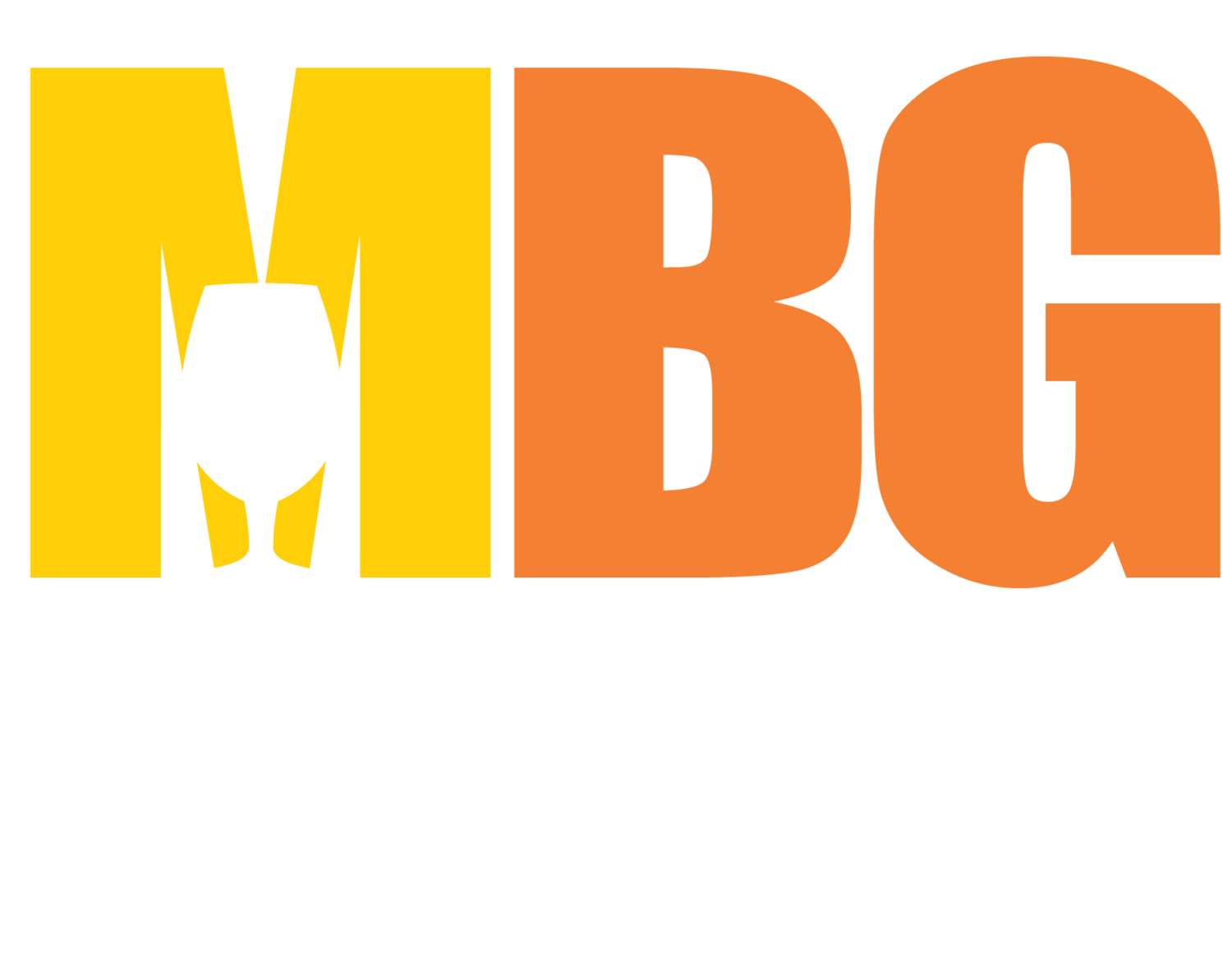From Colonial Taverns to Craft Beer Festivals: The Story of Brewing in Massachusetts
Beer has been part of New England’s DNA since before the United States even existed. From the Mayflower’s beer shortage—part of the reason they stopped in Plymouth—to the modern craft beer explosion, brewing has shaped the region’s culture, economy, and even politics.
To dig deeper into this rich history, we sat down with Malcolm Purinton Ph.D., a beer historian, homebrewer, writer and professor at Northeastern University. He walked us through the wild ride of brewing in Massachusetts—from colonial alehouses to Jamaica Plain’s brewing boom, Prohibition’s gut punch, and the rise of modern craft beer.
Taverns, Taxes, and Tradition: The Colonial Roots of Boston Brewed Beer
Early American brewing was all about taverns. These weren’t just places to drink; they were newsrooms, town halls, and community hubs where locals gathered to debate politics, share gossip, and escape the brutal New England cold.
“Taverns were more than just places to drink,” says Purinton. “They were where people got their news, held elections, and even went after church to warm up, since meeting houses didn’t have fireplaces.”
Beer was so essential that Massachusetts Bay authorities required every town to have a tavern. Brewing wasn’t just a pastime; it was a public service.
By the 1800s, brewing in Massachusetts was booming, thanks to waves of European immigrants—especially Germans—who introduced lagers, bocks, and new brewing techniques. These brewers set up shop along Stony Brook, a historic water source in Boston that played a crucial role in the city's brewing industry during the 19th and early 20th centuries.
Stony Brook at Boylston Avenue (now ~ 270 Amory Street) in Jamaica Plain in 1898. Work was underway to convert the open channel to a closed conduit to control flooding. The tall brick building in the rear center is the New England Brewing Company (Haffenreffer Brewery), part of which still stands. Photographer: Edward Sutton Dorr (1854–1937)
“Stony Brook was a good source of fresh, mineral-rich water, and close to the ice houses at Jamica Pond,” Purinton explains.
Originating in the Stony Brook Reservation in West Roxbury, it flowed through Jamaica Plain, Roxbury, and into the South End, eventually feeding into the Charles River. Before refrigeration, brewers relied on cool, running water and ice harvested from ponds and lakes to regulate fermentation temperatures. Stony Brook’s flowing water and the ice houses of Boston, including Jamaica Pond, helped brewers maintain optimal conditions for fermentation, especially in lager production.
Jamaica Plain became the beating heart of Boston made beer. By 1900, there were 31 breweries within a two-mile stretch, more breweries per capita than St. Louis, New York, or Philadelphia. Local names like Burkhardt and Pfaff helped define Boston’s brewing culture—one built on community, craftsmanship, and quality.
Unlike the mass-production model that later led to giant national brands like Budweiser, Boston’s beer scene stayed hyper-regional, with family-owned breweries serving their neighborhoods and the surrounding area.
The Crash: Prohibition and the Long Road Back
Then came Prohibition, and Boston’s thriving brewing scene collapsed overnight. Breweries shuttered, beer halls emptied, and the city lost a piece of its identity.
Even after Prohibition ended, Boston’s beer industry never fully recovered. For most of the 20th century, local brewing was practically nonexistent.
That is, until everything changed in the 1980s.
Boston’s Craft Beer Rebirth: From Sam Adams to Today
Jim Koch, a sixth-generation brewer, launched Samuel Adams Brewing Co., in 1984, proving that Boston could once again be a leader in craft beer.
“It wasn’t just Sam Adams,” says Purinton. “Within a couple of years, other breweries like Harpoon Brewing Co., Tremont Brewery and Cambridge Brewing Co. emerged, laying the groundwork for what would become a nationally recognized craft beer hub.”
In 1986 the Harpoon Brewery received Brewing Permit #001 in the Commonwealth of Massachusetts.
Since then, the Massachusetts brewing scene has exploded. Home to more than 230 breweries across the Commonwealth – breweries have popped up in every corner of the state, pushing boundaries with IPAs, porters, wild-fermented beers, and modern lagers.
Boston, once known for its colonial ales and pre-Prohibition lagers, has become a playground for innovation, collaboration, and creativity in the craft beer world.
“Boston has been a leader in craft beer for decades,” Purinton says. “From its early innovators to today’s brewers who continue to experiment with styles and techniques, it’s an industry that never stops evolving.”
Raise a Glass to the Future
The Massachusetts Craft Brewers Festival Returns to the Boston Center for the Art Cyclorama on April 26, 2025.
If history has taught us anything, it’s that craft beer is resilient. Through economic downturns, shifting consumer trends, and regulatory challenges, breweries have adapted—finding new ways to thrive.
“It’s never really been easy to be a brewer,” Purinton admits. “It’s labor-intensive, requiring significant hands-on work. But it’s also an industry with deep cultural significance.”
From the colonial-era ales that fueled early America to the craft beer renaissance that redefined the industry, brewers have continually pushed forward, proving that innovation and passion can withstand even the toughest conditions. Today, as Massachusetts' craft beer scene continues to grow, its brewers carry on this legacy, honoring tradition while embracing the future.
And that’s where the Mass Brewers Guild comes in. Through industry events, advocacy, and education, the state’s trade association works to ensure that Massachusetts remains one of the best places in the country to brew and drink craft beer.
Want to support their work and celebrate the strength of Massachusetts’ craft beer community? Join us at the Massachusetts Craft Brewers Festival, the Guild’s biggest fundraiser of the year.
This event brings together breweries and beer lovers alike to showcase the passion, innovation, and dedication that define our state’s craft beer industry. Proceeds help protect and promote breweries of all sizes, ensuring a bright future for the industry as a whole.





